Excerpt from ‘Records on the Traverse of The Crystal Tower – A Handbook for Scholars of Allag’ by Archon Niniri Niri.
‘…As the old Emperor, Xande, rose from his deathly repose he was briefed by Amon on the state of the Empire. Xande moved at lightning speed, creating a loyal power base in a matter of days structured around the Imperial Honour Guard. This organisation assassinated the current Emperor and his loyal supporters, in the wake of which Xande revealed himself to the world. He quickly restored the Imperial army to its fullest potential, and directed them to invade the southern continent, Meracydia. For a time the Empire seemed to be restored to a golden age; the high suicide rates plummeted, the birth rates soared, the economy moved forward and science was advanced once more.
When the Empire landed on Meracydian shores they found some early success due to the advantage of surprise, but after these initial forays the Allagans had a much harder time. Forming a coalition led by the dragons, the Meracydians beat back the Imperial Army. The legendary chimeras of Allag were like children’s toys before the dragons, but the Allagan scientists rose to this threat. Casting aside ethics and any sense of restraint, the aetherochemists created astounding abominations and deployed them to Meracydia. Within a few months the Dawn Wyrm, Bahamut, had even been slain.
Desperate and terrified, the Meracydians turned to their gods. Supported by Ascian whisperings, numerous tribes bought their gods into being, foremost amongst this was the famed ‘Warring Triad.’ Xande pushed his scientists onwards, killing a member of the cadre every day until eventually they managed to create what was essentially the summoning school of magic. This potent new tool proved effective, and the Eikons were soon imprisoned. This would not be the end of the war, however, as the grief stricken Tiamat resolved to summon her sibling-lover Bahamut in the same way that the lesser tribes summoned their gods. And so she and the dragons of Meracydia summoned the Dawn Wyrm, or what would prove to be a rage-bound monstrosity shaped in Bahamut’s visage.
Bahamut was so strong that he managed to push the Allagans back, crumbling the gains they had made during the war. Xande adored war, and took great joy in these battles. The sinister Allagan magics had progressed beyond simple binding to actual mind control techniques as well as the tapping of a creature’s aetheric power. At the peak of their power the Allagan mages managed to open rifts to the Thirteenth Shard, the Void. Xande sealed a pact with the Cloud of Darkness, one of the foremost powers of the Void. In return for vessels for her subjects, the Cloud would send her Voidsent to Meracydia. As this host of Voidsent killed they summoned more of their kin into their victims corpses, resulting in a rapidly growing army that soon overwhelmed even Bahamut. Still, it was not until months of battle and a depletion of almost all the aether crystals used to maintain Primals that Bahamut was finally weak enough for the Allagans to capture him and fit him with their fel technology. With his death Meracydia fell in record time.’ – A snippet of Sharlayan records on the Meracydian war.
The First Lower Ring
The very base of the tower is met by very little white light compared to the higher reaches, and so a huge glut of blue light from the aetherically-charge panels throughout the chamber. The room itself is grand in the extreme, with a huge pair of stairs leading up to the peak of the implausibly large structure. The traditional pseudo-tribal artwork common in Allagan architecture was found all over, and at the end of the room was a tablet displaying a rough map of the tower.
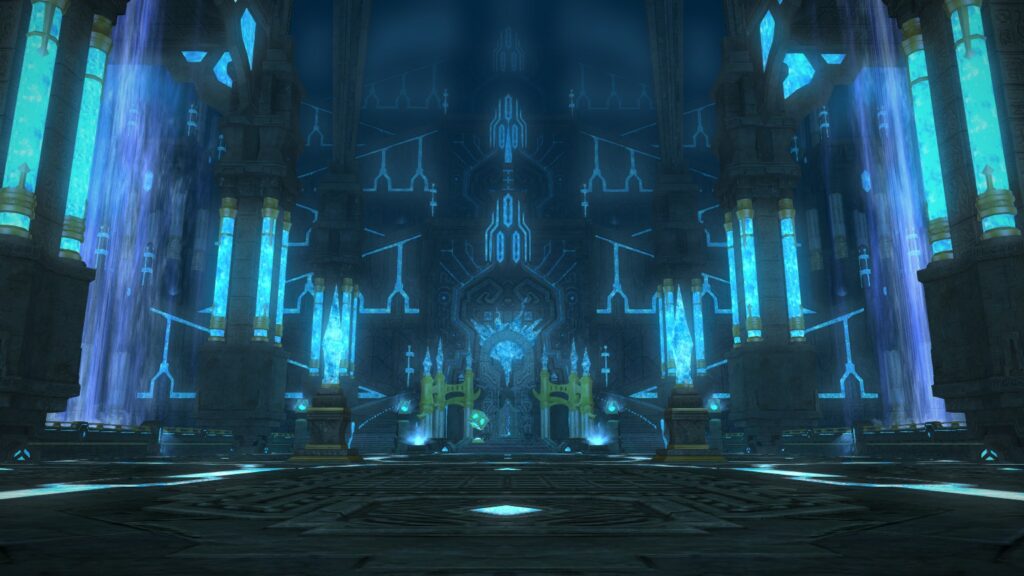
The Ladder of Ascension and Second Lower Ring
The tower’s second major floor consisted of a fairly simple circular platform suspended over a large drop. This platform was surrounded by one of the water features typical to the tower, possibly rainwater channeled down from the peak. This room’s name was evidently a reference to the rarified glory of climbing the tower to meet Xande, an ascension of both literal and metaphorical kinds.

The Gathering
A similar area to the Ladder of Ascension, this floor was differentiated by its tall powers of blue energy, pulsing beneath an array of pillars riddled with aether crystals that produced the relevant energy. The meaning of the name ‘gathering’ is unclear, it could signify that the area was used as a meeting place for individuals, perhaps the mages of Xande’s court judging by Scylla’s presence. The name could’ve also been a sick joke by Amon, with sadism certainly a facet of his personality attested to in records, referring to the forced joining of multiple hounds to Scylla’s body, making her quite literally a ‘gathering’.
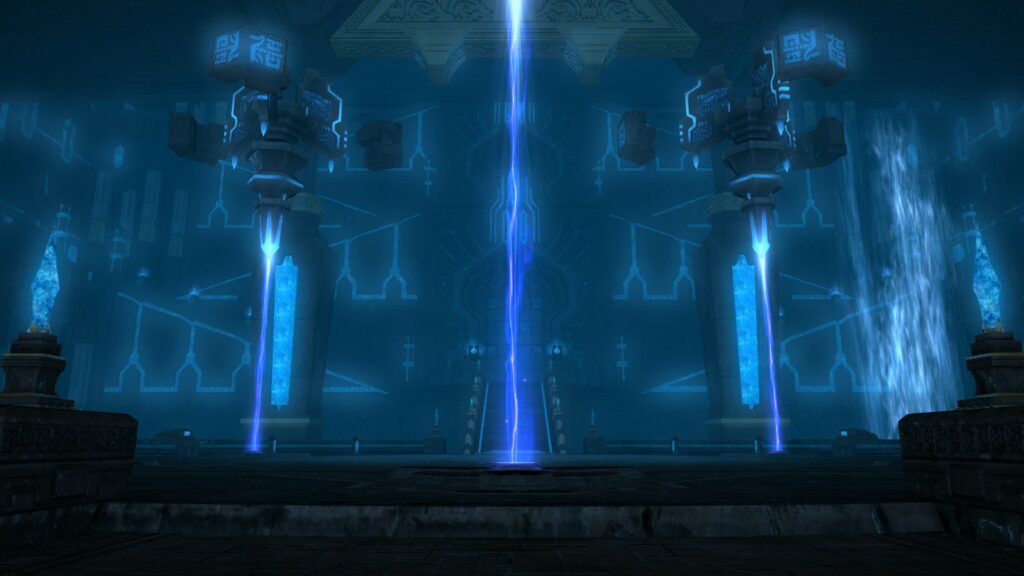
The Braid
To the wonder of those who investigated the tower, above the lowest floors of the Tower, the interior of the structure grew even more increasingly opulent, with the crystalline nature of the tower becoming evident in all structures and golden decorations, preserved by the time-stopping techniques of Allag’s stasis, common across the regions. The lowest of these upper floors was named the braid in records on the tower, likely inspired by the fact that it largely comprised of flights of stairs winding around the tower as a braid is coiled around itself.
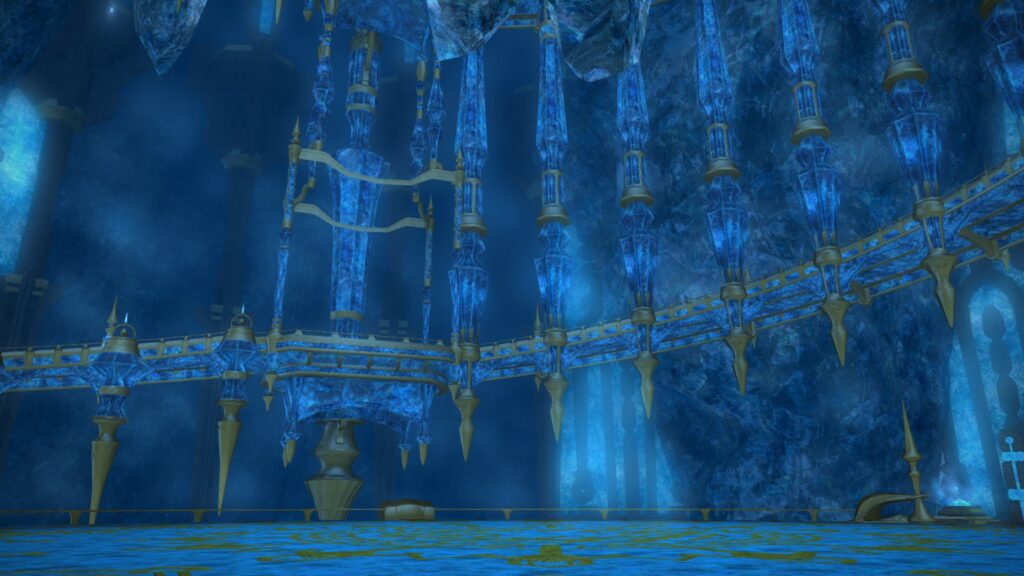
The Ring of the Protector
This higher floor was apparently distinguished by the sunlight flowing through its windows, and judging by its name and the inhabitants testified to by those who purged the tower, this floor was the station of Glasya Labolas, the commander of the Imperial Honor Guard, the ‘protector’ mentioned in its name.
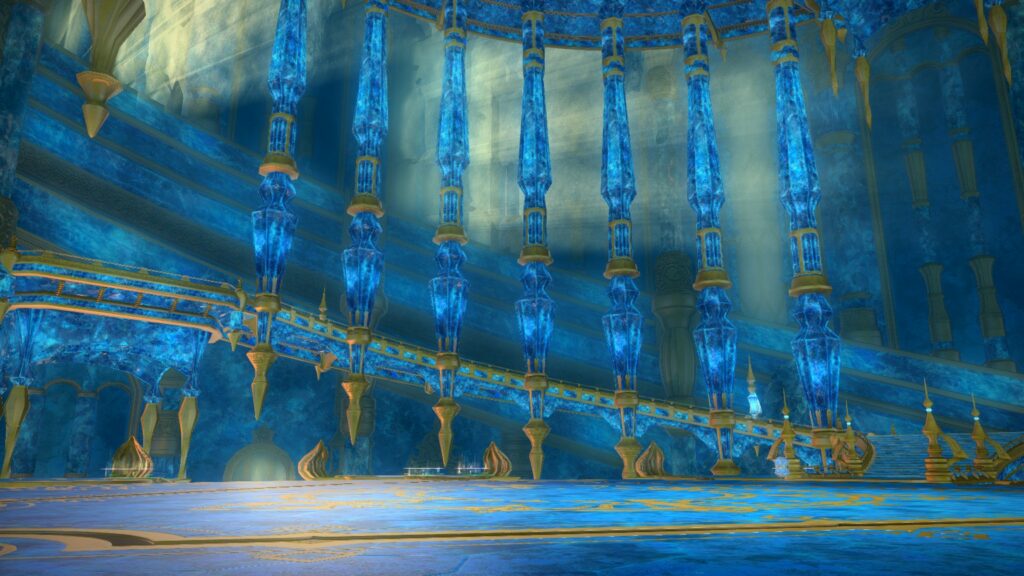
The Golden Sacristy
Another golden-blue chamber, the Golden Sacristry presented an unknown role in the Tower’s original function. A sacristry is typically a room in a religious institution such as a temple dedicated to allowing the priest to prepare for giving their services, as well as for storing sacred relics and records on the temple’s function. Allag had partially discarded, or at least de-emphasized, religiosity, but this habit wasn’t total so this could have functioned as a chapel for the tower. However, with what records have been preserved on Xande this seems unlikely. Instead, it could have functioned as a trophy room or as a waiting room for courtiers and guests before they were permitted to see Xande, Amon or the other residents of the highest reaches of the tower.
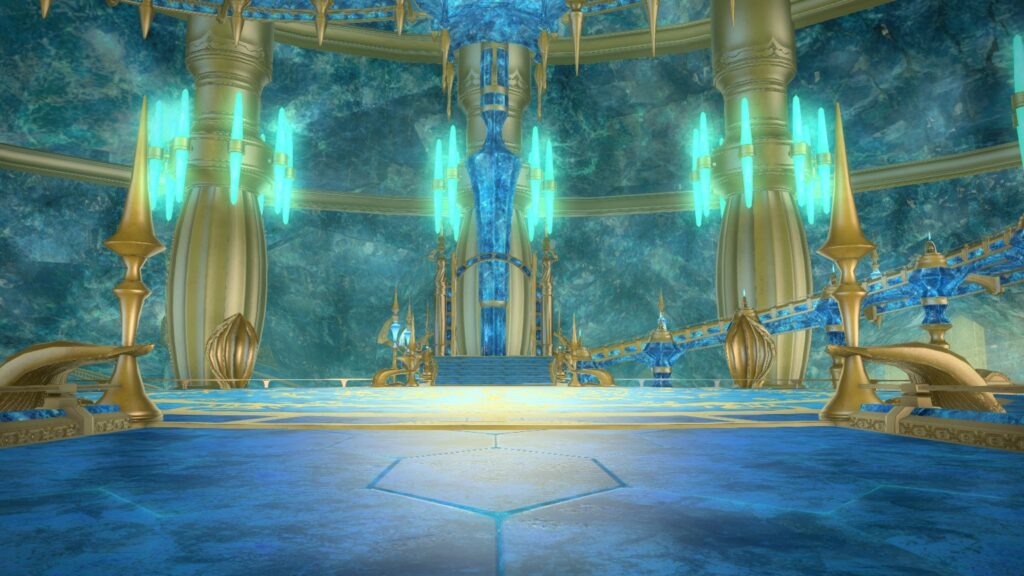
The Final Curtain
Rather out-of-place at first sight, this chamber seems to have been the personal domain of Amon. Perhaps this was a place for the elite of Allag to watch theatrical activities, possibly focused on the victories of the Empire, likely focused on the Meracydian campaign and other such conflicts. The name ‘final curtain’ likely refers to the fact that the chamber was positioned directly prior to the throne room at the peak of the Tower.
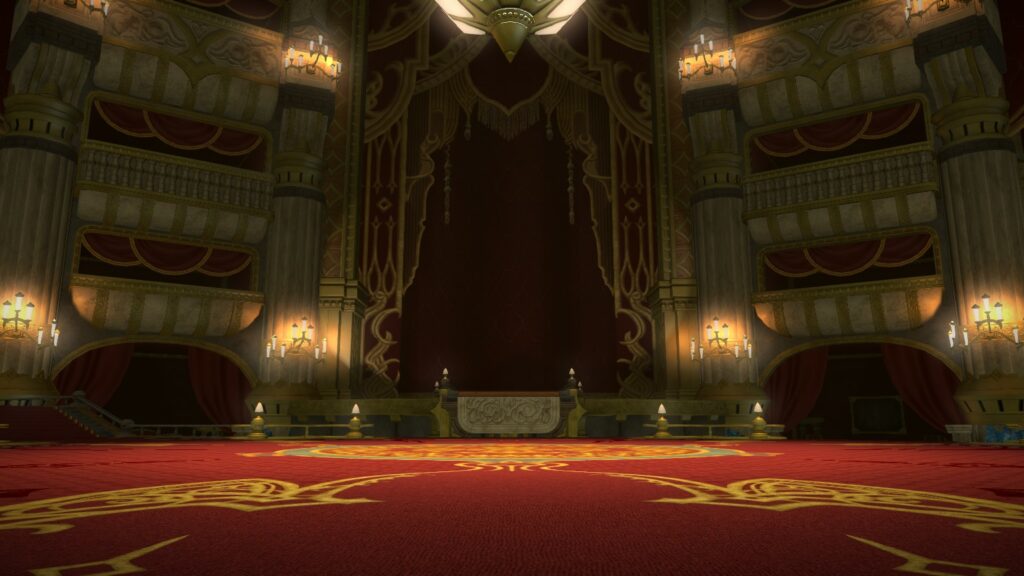
The Emperor’s Throne
The testimony of those adventurers who conquered the tower attested to the utter beauty of Xande’s throne. Positioned on the very top of the tower, Xande’s throne was preceded by a circular platform, surrounded by a serene lake of crystal clear water, which flows into the depths of the Tower. This throne must have been created by order of Xande himself or modified when he sat upon, as its platform is adorned with depictions of dragons. Surely draconic figures were not all that important to Allagan royal culture until the war in Meracydia, which Xande himself incepted. These draconic depictions even seem to resemble a smoother, perhaps less corrupted version of Bahamut, at least to the gaze of the current scholar. If this is to be considered true, then it could be due to artistic lisence or perhaps even a representation of what Bahamut looked like in life before his death and ‘resurrection’ as a primal.
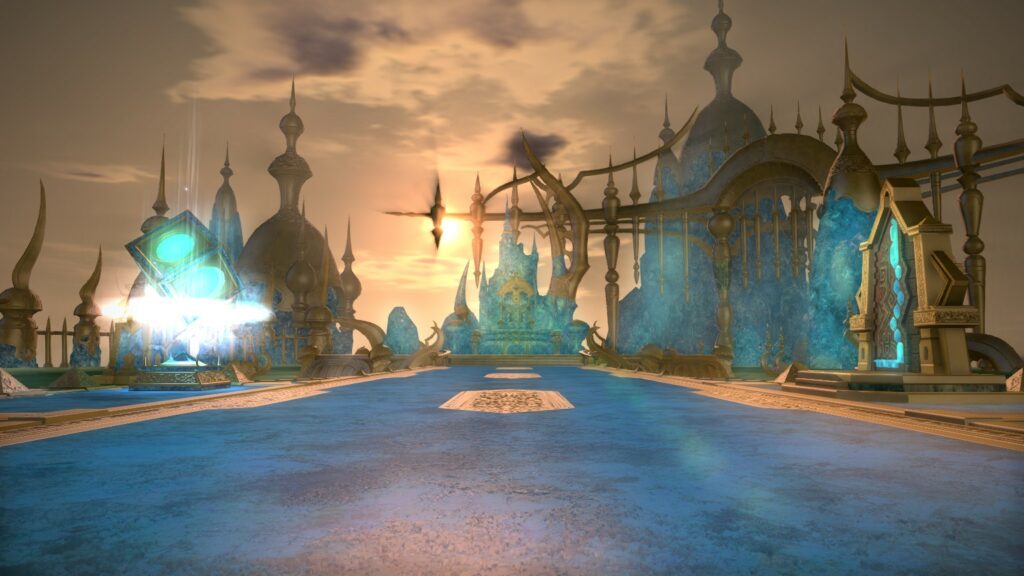




Leave a Reply